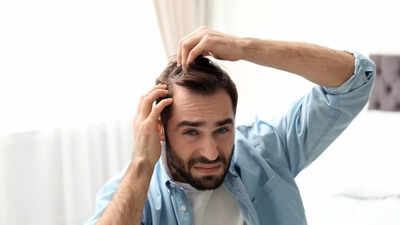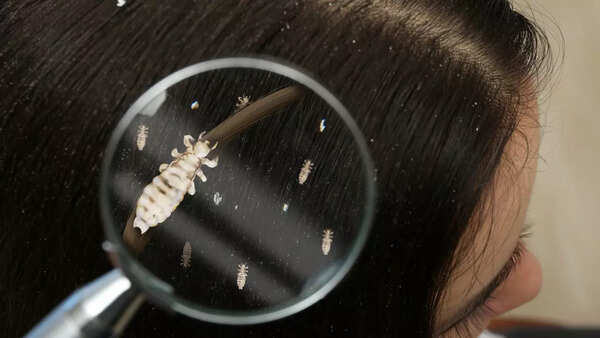ARTICLE AD BOX

Head lice are a common and frustrating problem, especially among children. These tiny, wingless insects live on the human scalp, where they feed on blood and cause intense itching, irritation, and discomfort.
While not dangerous, head lice are highly contagious and can quickly spread through direct contact or by sharing personal items like combs, hats, or towels. Their presence can be hard to detect, but their eggs, known as nits, cling tightly to hair near the scalp. Understanding what head lice are, how they spread, and how to treat and prevent them is essential for effective management and peace of mind
What are head lice and what do they look like
Head lice are tiny, wingless insects that live on the human scalp, feeding on blood.
They are highly contagious and can spread through direct head-to-head contact, sharing personal items, or lying on contaminated surfaces.

Adult lice are tiny, gray or tan creatures with three pairs of claw-like legs, about the size of a sesame seed or smaller. Due to their quick movement, it's often easier to spot their eggs rather than the lice themselves. These eggs, also known as nits, are small, white, yellowish, tan, or brown specks that cling tightly to hair shafts close to the scalp.
They can be mistaken for dandruff, but unlike flakes, they don't come off easily.
To remove them, use a nit comb and conditioner to gently pull them out
Symptoms of head lice
The most common symptoms of head lice include:
- Intense itching: Caused by the lice biting and feeding on the scalp.
- Small, red bumps: On the scalp, neck, and shoulders, which can be painful and itchy.
- Visible lice or eggs: Tiny, light brown or tan specks or oval-shaped eggs (nits) attached to the hair shaft.
Possible causes of head lice
Head lice are highly contagious and can spread through:
- Direct head-to-head contact: Playing, hugging, or lying close to someone with lice.
- Sharing personal items: Combs, brushes, hats, or towels that have come into contact with an infested person.
- Contaminated surfaces: Lying on surfaces or using furniture that has recently been in contact with an infected person.
Treatment options to get rid of head lice
There are several treatment options available for head lice, including:
- Medicated shampoos: Over-the-counter or prescription shampoos that contain ingredients like permethrin or pyrethrin.
- Combing: Using a fine-toothed comb to remove lice and nits from the hair.
- Home remedies: Some people swear by home remedies like mayonnaise, olive oil, or coconut oil, although their effectiveness is unproven.
Ways to prevent head lice
To reduce the risk of getting head lice, follow these tips:
- Avoid head-to-head contact: Teach children to avoid playing closely with others or sharing personal items.
- Use a lice-repelling spray: Some sprays or shampoos contain ingredients that can help repel lice.
- Regularly check for lice: Inspect your child's hair regularly, especially after they've been in a situation where they may have been exposed to lice.
How to get rid of head lice from home
1. Wash and dry clothing, bedding, and personal items in hot water and high heat.2. Dry-clean or seal in a plastic bag for 2 weeks items that can't be washed.3. Sanitise combs and brushes by washing them in hot water or coating them with a lice-killing product for 15 minutes before rinsing.4. Vacuum thoroughly, including furniture and areas that may have come into contact with lice, to remove any stray lice or eggs
When to consult a healthcare provider
If you suspect head lice, consult a healthcare provider before starting treatment. They can confirm the presence of lice and provide guidance on effective treatment. Many children are unnecessarily treated with over-the-counter medications or home remedies when they don't actually have lice. Common misidentifications include:
- Dandruff
- Hair product residue
- Dead hair tissue
- Scabs or dirt
- Other small insects
A healthcare provider can ensure an accurate diagnosis and recommend the best course of treatment.Also read | How almond oil can help reduce dark circles naturally: Benefits and tips to use



.png)
.png)
.png)
















 5 hours ago
4
5 hours ago
4









 English (US) ·
English (US) ·